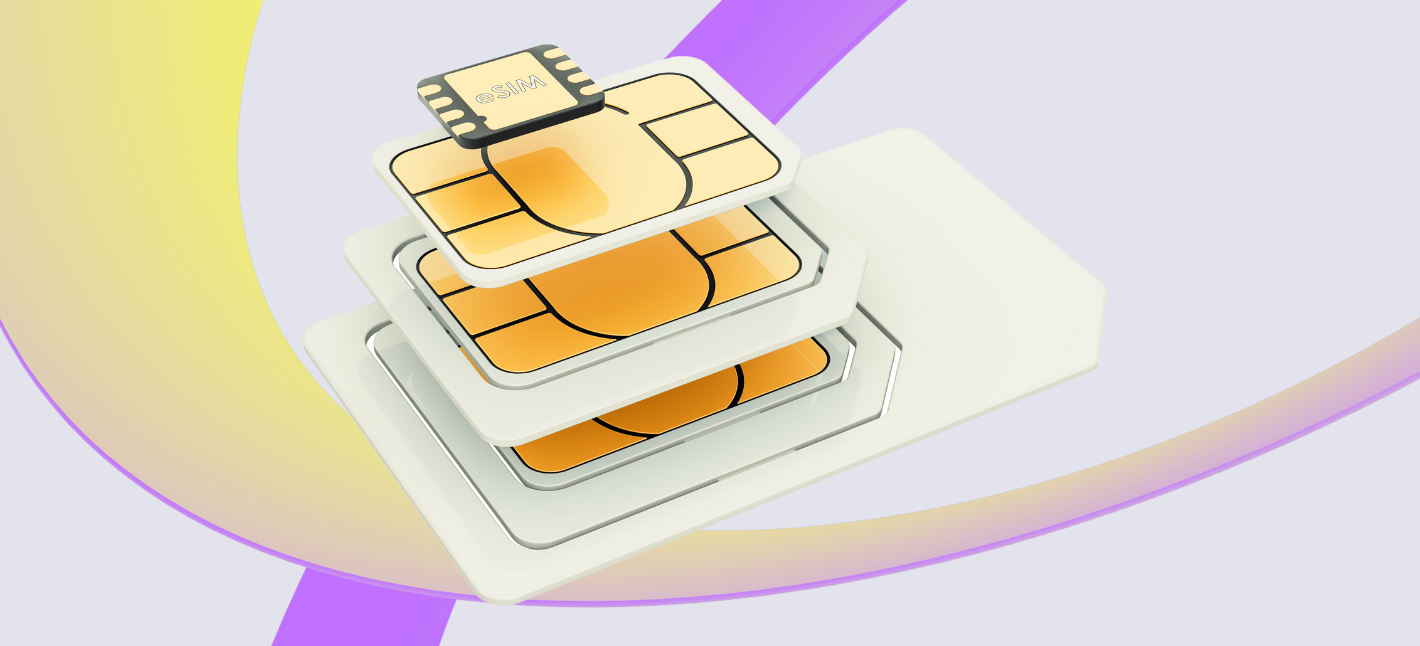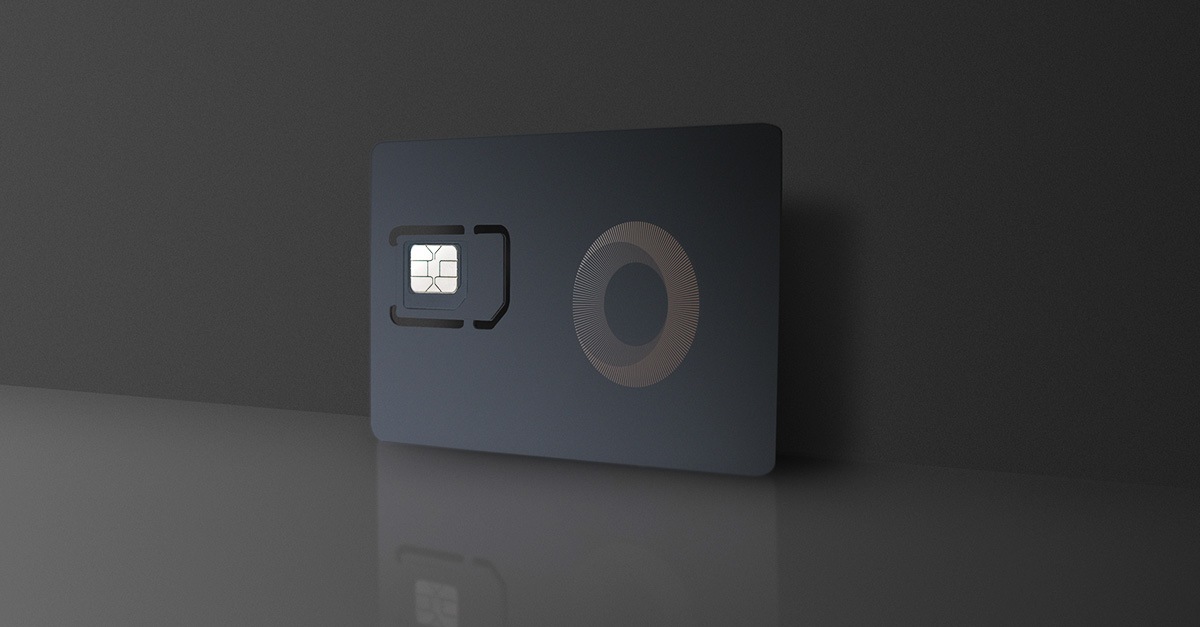IoT Connectivity Types Options for Choosing IoT Connectivity
IoT Connectivity Types Options for Choosing IoT Connectivity
Blog Article
Cloud Connectivity In IoT Security and Connectivity in IoT

The world has witnessed a major transformation in the way we interact with our living areas. Smart properties, outfitted with connected devices, have risen dramatically in recognition, providing enhanced convenience, safety, and energy effectivity. However, attaining seamless integration of all these devices closely depends on effective IoT connectivity options.
Various connectivity technologies facilitate communication between units, making certain that every element of the smart house works harmoniously. Choosing the best IoT connectivity options for smart houses is crucial for creating an environment friendly and responsive environment. These solutions range by means of vary, energy consumption, and the kinds of units they support, permitting consumers to tailor their smart residence ecosystems to their particular needs.
Wi-Fi is likely considered one of the most widely used connectivity options, primarily because of its ubiquitous nature and high information transfer charges. Many smart house gadgets are already designed to connect effortlessly to current Wi-Fi networks. This makes adding new gadgets relatively straightforward. Tablets, smartphones, and routers can typically support multiple devices simultaneously, making it a handy choice for smart home lovers.
IoT Connectivity Plan Best Practices for IoT Network Design
However, Wi-Fi isn't with out its challenges. The dependence on a stable internet connection can often result in performance points, particularly with multiple units attempting to communicate directly. Furthermore, the vary may be limited depending on the structure of the house. Walls and other obstacles may cause sign degradation, which can hinder the performance of units positioned removed from the router.

Zigbee is another compelling option for IoT connectivity in smart properties. This expertise supports low-power devices, making it suitable for battery-operated sensors and gadgets. Zigbee creates a mesh network, which implies every related device acts as a relay, increasing the range of connectivity within the residence. This is especially useful in larger areas where conventional Wi-Fi would possibly struggle.
IoT Connectivity Security Simplified Global IoT Connectivity
Z-Wave adds to the suite of choices available for smart properties. It operates on a lower frequency than Wi-Fi, which implies it can higher penetrate walls and keep away from interference from other digital devices. Z-Wave is engineered specifically for residence automation, permitting numerous devices to work together seamlessly. The low energy consumption also aids in battery longevity for units that operate on this network.
For functions requiring low knowledge charges but excessive reliability, LoRa (Long Range) provides a superb different. It is particularly helpful for agricultural or environmental monitoring devices that solely require intermittent data transmission. LoRaWAN (Low Power Wide Area Network) allows these gadgets to communicate over long distances, making it a super solution for expansive properties or smart city functions.
Cellular connectivity serves as another strong resolution, mainly for units that require fixed web access however will not be installed close to established networks. This ensures that gadgets can send and receive information over the web directly, eliminating reliance on house Wi-Fi techniques. While maybe more expensive, cellular connectivity provides the good thing about wide-reaching availability, significantly in rural or hard-to-reach areas.
Bluetooth is also a big participant within the realm of smart home connectivity, particularly for personal units like health trackers, smartwatches, and audio system. Its low power requirements make it a beautiful possibility for short-range communication. Bluetooth mesh networking enhances the protocol’s functionality, enabling gadgets to communicate effectively even when separated by far.
IoT Connectivity Platform Overview and Definition of IoT Connectivity
Thread is a comparatively newer protocol designed to make gadget connectivity simpler. It additionally helps low-power devices in a mesh community configuration. What units Thread aside is its IPv6-based communication, which permits extra easy integration with internet-based techniques and companies. This adaptability opens the door for future scalability as try this smart residence technologies proceed to evolve. IoT Connectivity Issues.
The integration of assorted connectivity protocols is significant for compatibility among units. Many companies have acknowledged that a single answer may not meet all consumer wants, resulting in multi-protocol systems that may seamlessly switch between networks. Such flexibility permits homeowners to customise their smart environments and connect devices whatever the manufacturer.

As consumers increasingly emphasize sustainability, smart homes that facilitate energy-efficient dwelling have gained traction. IoT connectivity solutions contribute considerably to this trend. Devices can communicate to optimize energy usage, adjusting heating, cooling, and lighting based mostly on real-time information.
When selecting the right IoT connectivity solutions for smart homes, consumers should carefully consider their specific requirements. Those prioritizing speed might lean in direction of Wi-Fi, while individuals needing to increase the vary of connectivity could favor Zigbee or Z-Wave. Budget, gadget compatibility, and the potential for future upgrades additionally play a big position in decision-making.
Web Connectivity In IoT Reviews of Managed IoT Connectivity Services
Ultimately, the most effective IoT connectivity options for smart houses will enhance not only automated comfort but additionally the entire living experience by incorporating superior know-how into daily routines. These solutions empower owners to manage their environments better and reside more sustainably, simultaneously having fun with the benefits of state-of-the-art connectivity.
In conclusion, with the rapid developments in know-how, the landscape of smart residence connectivity continues to evolve. As extra devices enter the market and extra householders embrace automation, the importance of sturdy connectivity solutions becomes more and more apparent. Those who make investments time in understanding and implementing these solutions will undoubtedly contribute to creating extra clever, efficient, and gratifying living areas.
- Various connectivity protocols like Zigbee, Z-Wave, and Wi-Fi cater to totally different smart home units, enhancing interoperability and device communication.
- Mesh networking capabilities allow devices to speak more efficiently, increasing coverage and decreasing dead zones inside larger houses.
- Low-power wide-area networks (LPWAN) provide energy-efficient options for battery-operated devices, promoting longer operational lifespans.
- The integration of edge computing ensures real-time information processing, decreasing latency and enhancing total system responsiveness.
- Cloud-based IoT platforms supply intensive data analytics, enabling customers to optimize device utilization and energy savings in their smart properties.
- Security features, corresponding to end-to-end encryption and regular firmware updates, are important for safeguarding smart house information from potential threats.
- Dual-band routers can support both 2.4 GHz and 5 GHz connections, offering flexibility and improved performance for numerous smart gadgets.
- User-friendly mobile purposes improve the control of smart house devices, enabling seamless interactivity and scheduling functionalities.
- Interoperability standards, similar to Matter, facilitate collaboration between totally different manufacturers, selling seamless cross-device communication.
- 5G technology guarantees ultra-low latency and higher bandwidth, probably revolutionizing smart residence experiences with faster knowledge switch charges.
What are the various varieties of IoT connectivity solutions for smart homes?undefinedThere are several IoT connectivity options, together with Wi-Fi, Zigbee, Z-Wave, Cellular, and LoRa. Each offers totally different advantages in terms of range, velocity, energy consumption, and scalability, allowing for tailored solutions primarily based on particular smart home needs.
How does Wi-Fi examine to Zigbee for smart residence devices?undefinedWi-Fi is quicker and broadly used for high-bandwidth applications, while Zigbee is designed for low-power, low-bandwidth tasks, making it best for gadgets that require lengthy battery life. Zigbee additionally helps mesh networking, enhancing range and connectivity among devices.
M2M IoT Connectivity Market Reports on IoT Connectivity
What components ought to I contemplate when selecting an IoT connectivity solution?undefinedConsider components like vary, energy consumption, system compatibility, security measures, and the precise needs of your smart home ecosystem. Assess what number of devices you plan to connect and their energy necessities, making certain the chosen answer supports your setup.

Are there safety risks related to IoT connectivity solutions for smart homes?undefinedYes, security these details dangers include unauthorized entry and data breaches. It’s essential to decide on solutions with sturdy encryption and regular updates. Implementing robust passwords, firewalls, and keeping firmware up to date can considerably enhance your smart home’s safety - Resilient IoT Connectivity.
Cellular Connectivity Providers For IoT IoT Connectivity as the Foundation
Can I integrate multiple IoT connectivity solutions in my smart home?undefinedAbsolutely! Many smart home systems support integration throughout varied protocols, permitting units using different connectivity solutions to work collectively seamlessly. This flexibility allows users to optimize performance and compatibility.
What role does the cloud play in IoT connectivity for smart homes?undefinedThe cloud permits distant management, data storage, and advanced analytics for smart residence units. It facilitates communication between units and user interfaces, permitting for real-time monitoring and management from anyplace via web connections.
Mobile Data Connectivity For IoT Management of Connectivity in IoT
How can I guarantee compatibility among different smart residence devices?undefinedCheck for compatibility labels and be certain that units follow frequent standards like Zigbee or Z-Wave. Research ecosystems, similar to Google Home or Amazon Alexa, that help a wide range of gadgets, simplifying integration and control.
What is the way ahead for IoT connectivity solutions for smart homes?undefinedThe future is leaning in the path of enhanced interoperability, improved safety protocols, and the rise of 5G know-how. These developments will supply sooner speeds, greater gadget density, and lower latency, enhancing the general smart home expertise.
How can I troubleshoot connectivity points in my smart home?undefinedStart by checking the facility sources and guaranteeing units are within vary of their connectivity hub. Restart routers and devices as wanted. Use either app diagnostics or manufacturer assist resources for particular troubleshooting steps tailored to the units in query.
Report this page